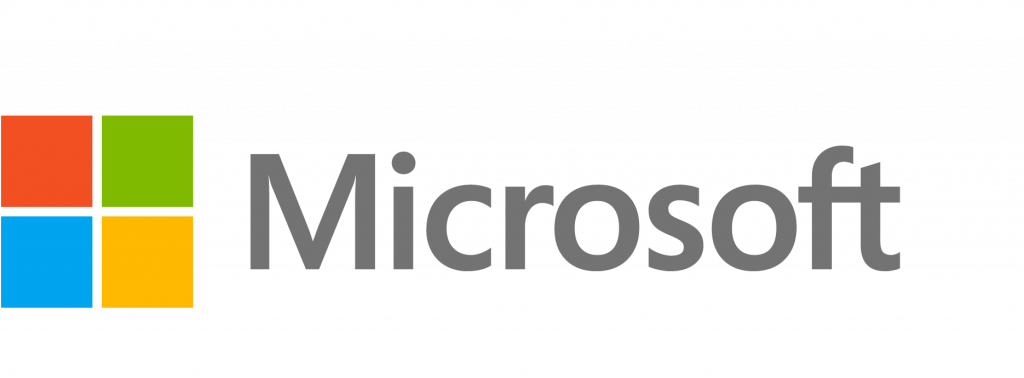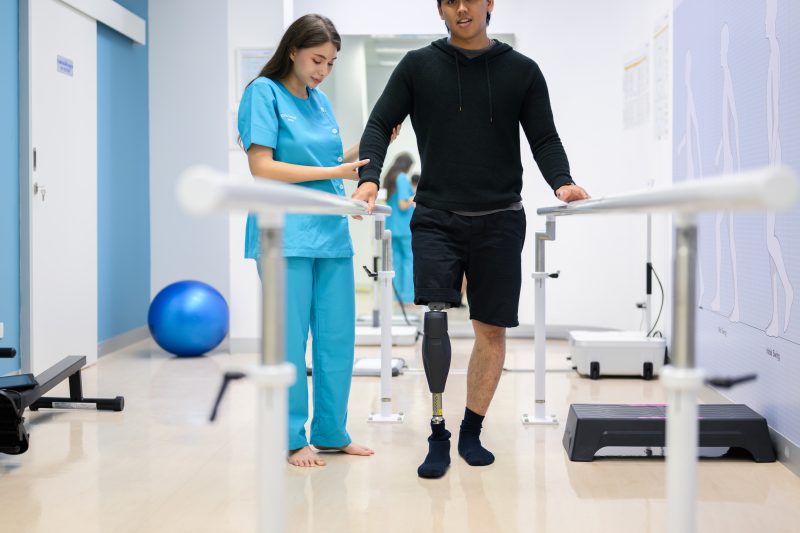In a rapidly evolving healthcare landscape, where technological advancements hold the promise of transforming lives, our client stands at the forefront. Committed to enabling mobility for individuals with spinal cord injuries, they embarked on a remarkable journey to revolutionize healthcare through their groundbreaking technology platforms, Device X and Device Y. However, with great innovation comes great responsibility, especially in the realm of cybersecurity and data protection compliance.
In this case study, we delve into the challenges faced by our client as they sought to secure their pioneering medical devices and navigate the intricate web of data protection regulations.
Discover how our clients’ unwavering commitment to security and compliance unleashed opportunities for healthcare innovation and patient well-being.
Key Challenges & Context
Our client, a pioneering healthcare company dedicated to empowering individuals with spinal cord injuries, embarked on a transformative journey to enable mobility through their groundbreaking technology called ARC Therapy™. As they ventured into developing breakthrough medical devices, including Device X (Class II) and Device Y (Class III), our client faced the critical task of managing cybersecurity risks and navigating the complex landscape of data protection regulations.
To bring their innovative technologies to market, they needed to address several key challenges. Firstly, they had to ensure the secure and compliant operation of their technology platforms, safeguarding patient data and privacy. Given the sensitive nature of medical information and the strict regulations governing data protection, our client required a robust cybersecurity strategy to mitigate risks and demonstrate their commitment to safeguarding patient privacy.
Moreover, our client’s expansion into various markets, including Switzerland, Europe, USA, Canada, and others, presented additional complexities. Each market had its own set of cybersecurity and data protection regulations that they needed to adhere to, adding layers of compliance requirements that had to be navigated effectively. Furthermore, the classification of their medical devices as Class II and Class III by the FDA added an extra layer of scrutiny, necessitating rigorous risk management processes to ensure the safety and reliability of their products.
In summary, our client’s key challenges revolved around:
- Managing cybersecurity risks and compliance: Developing robust cybersecurity measures to protect sensitive patient data and comply with data protection regulations.
- Market-specific compliance: Navigating and adhering to diverse cybersecurity and data protection laws in various markets, ensuring compliance across multiple jurisdictions.
- Class II and Class III device requirements: Meeting stringent regulatory requirements associated with the classification of their medical devices by the FDA.
To overcome these challenges and achieve their goal of revolutionizing mobility for individuals with spinal cord injuries, our client sought the expertise of our Cybersecurity Governance expert to devise and implement effective cybersecurity risk management strategies while ensuring compliance with data protection regulations.
Our Approach
To assist our client in effectively managing cybersecurity risks and ensuring compliance with data protection regulations, we adopted a comprehensive and tailored approach. We worked closely with the client to understand their specific requirements, objectives, and the intricacies of their technology platforms, Device X and Device Y.
Collaborative Solution Definition Our journey began with collaborative workshops and in-depth discussions to gain a deep understanding of their unique challenges and goals. This collaborative approach allowed us to align our expertise with our client’s vision and develop a solution that met their precise needs.
Risk Management Framework
We leveraged our extensive experience in cybersecurity risk management to establish a comprehensive framework. Our Cybersecurity Governance expert worked diligently to identify potential risks and vulnerabilities associated with the client’s technology platforms and the sensitive data they handled. This involved conducting thorough threat modeling exercises and vulnerabilities assessments to pinpoint areas of concern.
Compliance with Relevant Standards and Regulations
We ensured that our client’s cybersecurity measures aligned with the most relevant and up-to-date standards and regulations. Drawing on our knowledge of industry best practices, we incorporated frameworks such as the NIST Framework, GDPR, FDA cybersecurity guidance, HIPAA, MDR EU, PIPEDA, ISO 2700X, and more. This ensured that cybersecurity initiatives not only met regulatory requirements but also aligned with globally recognized security standards.
Tailored Technical Requirements
Recognizing the unique nature of the client’s technology platforms, we developed specific technical requirements that focused on addressing cybersecurity risks. These requirements encompassed a range of measures, including secure software development practices, secure network configurations, data encryption, access controls, and secure remote communication protocols. By tailoring the technical requirements to our client’s context, we ensured that their technology platforms were built with robust security measures from the ground up.
Documentation and Training
We placed great emphasis on documentation and training to ensure that our client’s team could effectively implement and maintain cybersecurity practices. We provided clear and comprehensive guidelines, including user instructions, software and application requirements, and cybersecurity risk management procedures. This enabled the organization’s employees to understand their roles in maintaining cybersecurity and to foster an organization-wide culture of information security.
By following this holistic approach, we empowered our client to address their cybersecurity challenges, mitigate risks, and achieve compliance with data protection regulations. Our collaborative partnership and tailored strategies enabled the organization to build a strong foundation of cybersecurity measures and ensure the secure and responsible operation of their medical devices.
Benefits
Through our collaborative efforts, our client realized significant benefits that strengthened their cybersecurity posture and compliance with data protection regulations. These benefits encompassed multiple facets of their organization and had a positive impact on their operations and reputation.
1. Enhanced Security and Compliance
By implementing robust cybersecurity measures and adhering to data protection regulations, our client significantly enhanced the security and resilience of their technology platforms. This bolstered their ability to protect sensitive patient data, mitigate cybersecurity risks, and prevent unauthorized access or breaches.
2. Information Security Culture
Our collaboration fostered an information security culture throughout their organization. By establishing cybersecurity as a core value and integrating security practices into every stage of the product life cycle, they instilled a heightened awareness of cybersecurity among their employees.
3. Expanded Market Opportunities
Through our guidance and compliance expertise, our client successfully navigated diverse cybersecurity and data protection regulations in various markets. This enabled them to expand their market reach and capitalize on new business opportunities in Switzerland, Europe, the USA, Canada, and beyond.
4. GDPR-Compliant Operations
Compliance with the General Data Protection Regulation (GDPR) was a crucial achievement for our client. By implementing robust data protection practices, ensuring secure data handling, and respecting individual privacy rights, they created a solid foundation for GDPR compliance.
5. Improved Efficiency and Resilience
Our client experienced improved operational efficiency and resilience through the implementation of cybersecurity best practices. By integrating secure software development processes, secure network configurations, and access controls, they minimized the risk of cyber incidents that could disrupt their operations.
Through these benefits, our client strengthened their position as a trusted healthcare innovator and positioned themselves for continued success in enabling mobility for individuals with spinal cord injuries while ensuring the utmost protection of patient data.
Technologies

Our team utilized OneTrust, a comprehensive data protection platform, to ensure compliance with data protection regulations. OneTrust facilitated efficient management of data protection requirements, enabling our client to handle personal data securely and responsibly.

Microsoft Threat Modeling Tool: To identify and address security threats, we employed the Microsoft Threat Modeling Tool. This powerful tool helped us analyze potential vulnerabilities and risks, allowing us to develop effective security measures to protect our client’s technology platforms.










